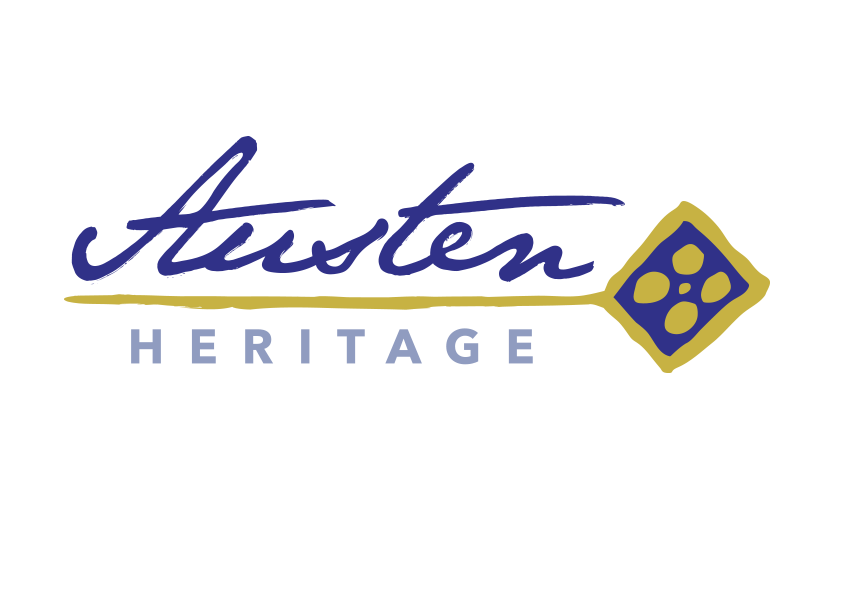Jane Austen and libraries
“When I have a house of my own, I shall be miserable if I have not an excellent library.”
— CAROLINE BINGLEY, PRIDE AND PREJUDICE
When Jane Austen was alive and dreaming up the novels we know so well today, libraries did not exist in their current form. Though lending libraries were not unheard of, they were certainly not common, and were rarely freely accessible for everybody. Subscription libraries were available and very useful for members who had the right to access them, but this privilege often came at significant monetary cost (and sometimes membership was restricted to gentlemen only). Private libraries, accessible through family ties, were therefore Jane Austen’s best option for accessing books, words and inspiration.
That libraries influenced Jane’s writing is indisputable. A prolific writer in her childhood and adolescence, Jane produced many works that still exist today while living in Steventon with her family, including early versions of Pride and Prejudice and Sense and Sensibility. Her father’s library contained over 500 volumes by 1800 (Poplawski, p. 67) and an emphasis was placed on the importance of education for all the Austen children, both at home and away at school. it is no small wonder that Jane was distraught to leave the home where such a rich literary education was provided for her.
In Bath, Jane revised what would later become Northanger Abbey, and dabbled in other writing including beginning The Watsons, but it is worth noting that The Watsons was not finished, and Northanger Abbey (known then as Susan) would not be published until she had revised it once more, over twelve years later. Clearly, the freedom Jane felt in writing while surrounded by her family library was difficult to replicate in a busy city like Bath, where access to libraries would have been significantly more difficult for the young novelist.
When Jane moved to Chawton however, her interest and passion for writing was revived considerably. With access to her brother’s library at the Chawton Great House, Jane’s work flourished, and it is extremely unfortunate that her illness interrupted her life’s most productive period.
Studies have shown that access to books is fundamental for improving literacy skills amongst children (Lindsay, 2010), and that libraries “contribute to the acquisition and improvement of personal skills, competence and knowledge and foster personal creativity, motivation, confidence and self-improvement -- skills needed for the economy of the 21st century” (Barker, 1998).
Jane would be pleased to know that women, especially those without particular wealth, are now able to easily and freely access libraries across the developed world, and that great progress is being made in underdeveloped areas.
Emily
© Emily Prince - no part of this article may be reproduced in any way, without prior written approval
REFERENCES
Barker, K. (1998). Lifelong learning in Canada: Visions for the future [conference paper].
Lindsay, J. (2010). Children’s Access to Print Material and Education-Related Outcomes: Findings From a Meta-Analytic Review [report]. Learning Point Associates.
Poplawski, P. (1998). A Jane Austen Encyclopedia. Greenwood Publishing Group.
Photo credit: Trinity College, Dublin (Photo by DAVID ILIFF. License: CC-BY-SA 3.0)

